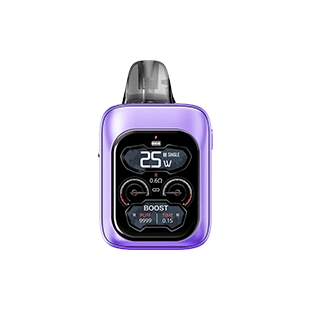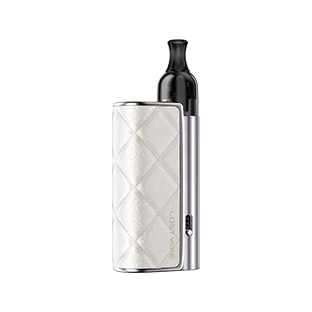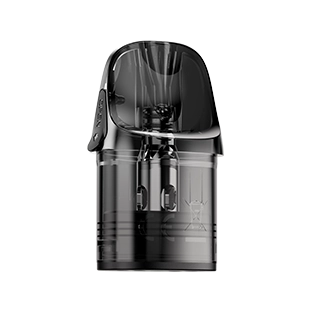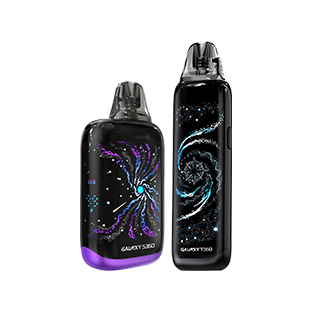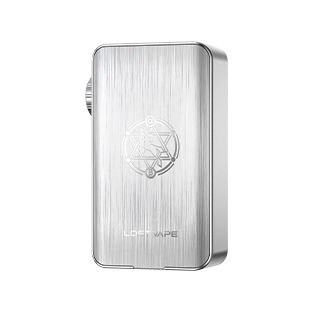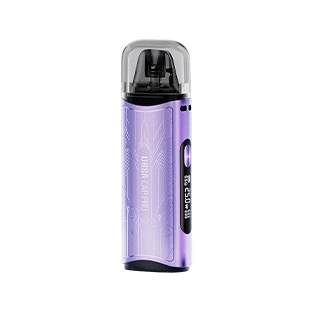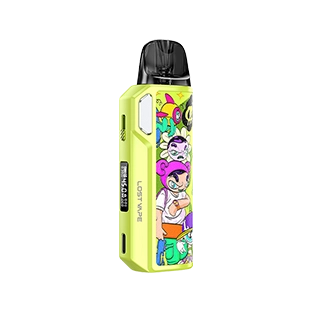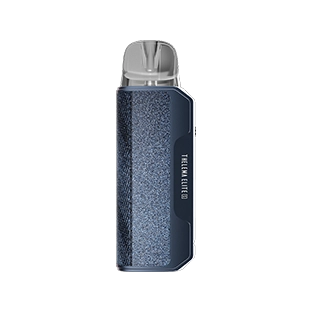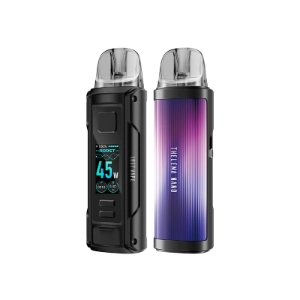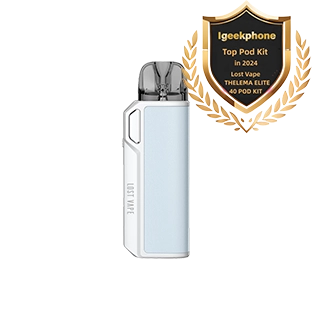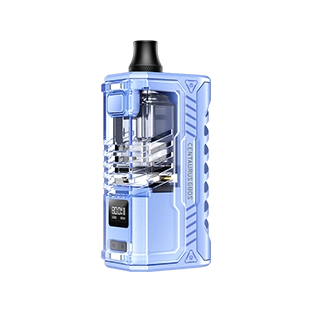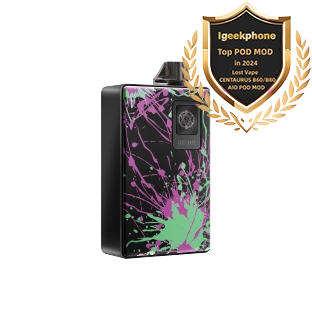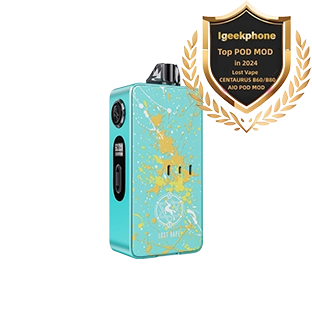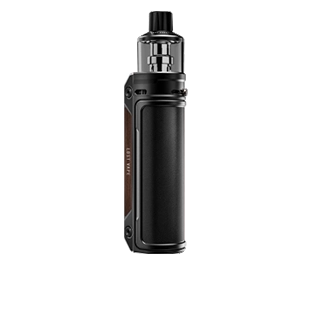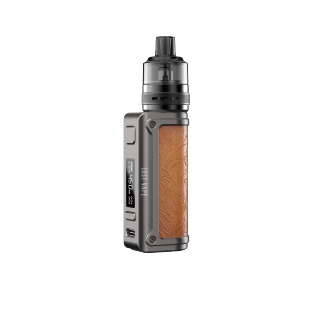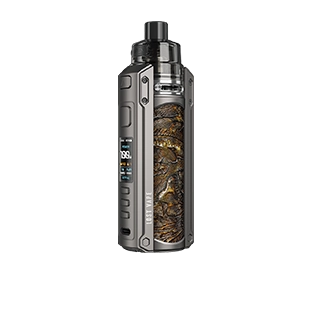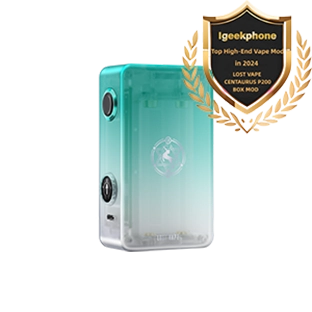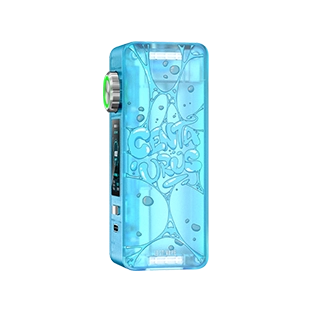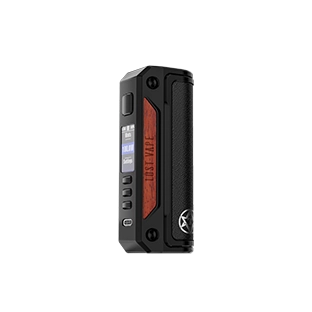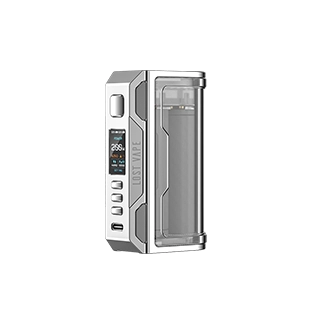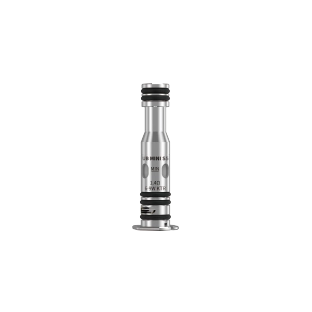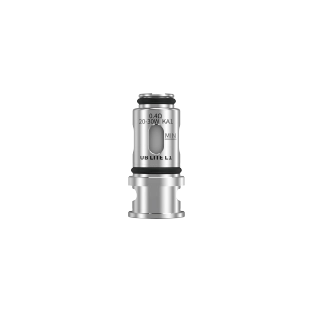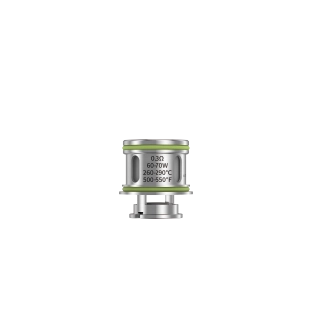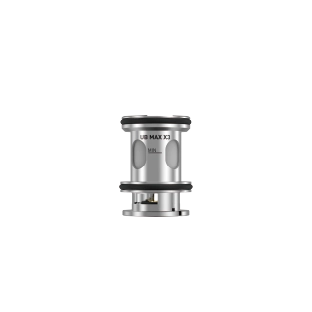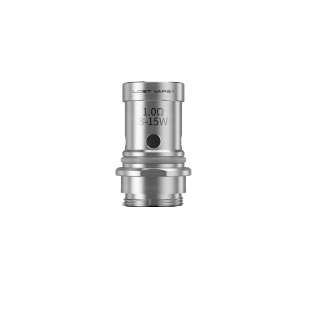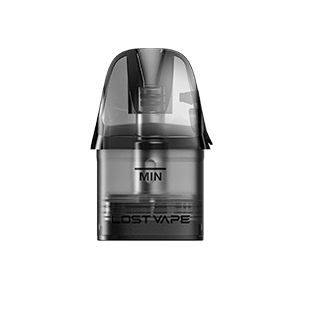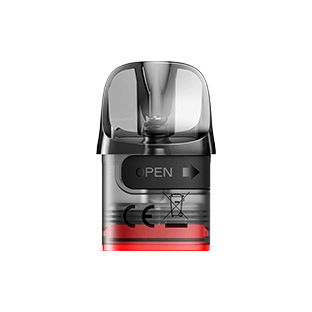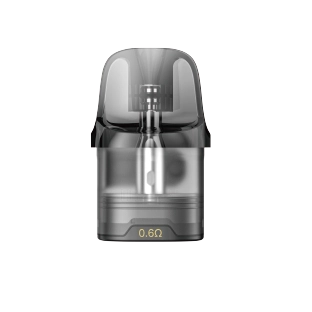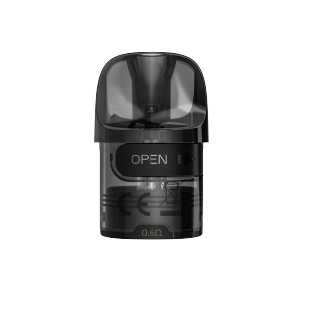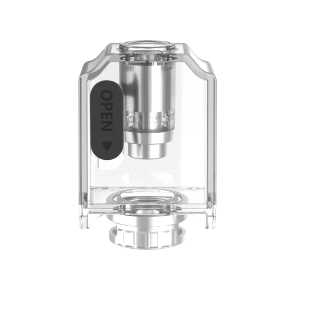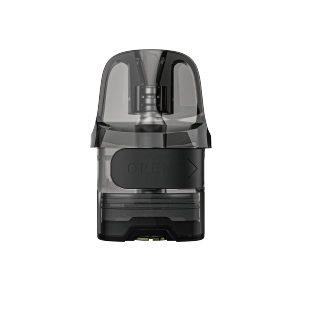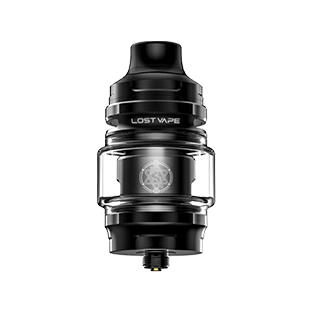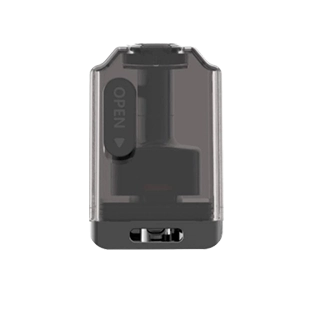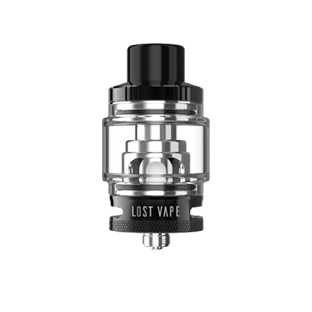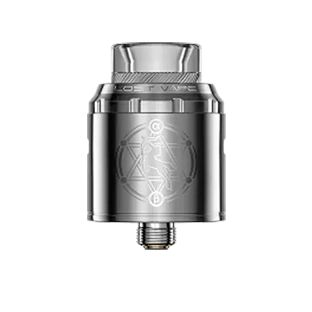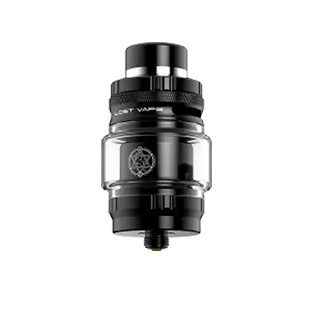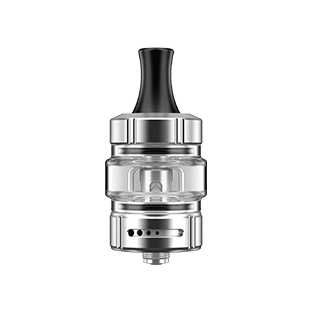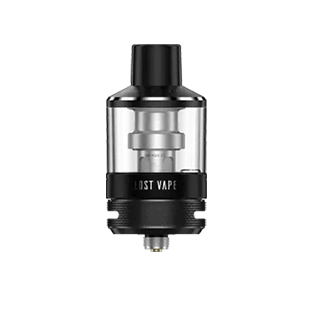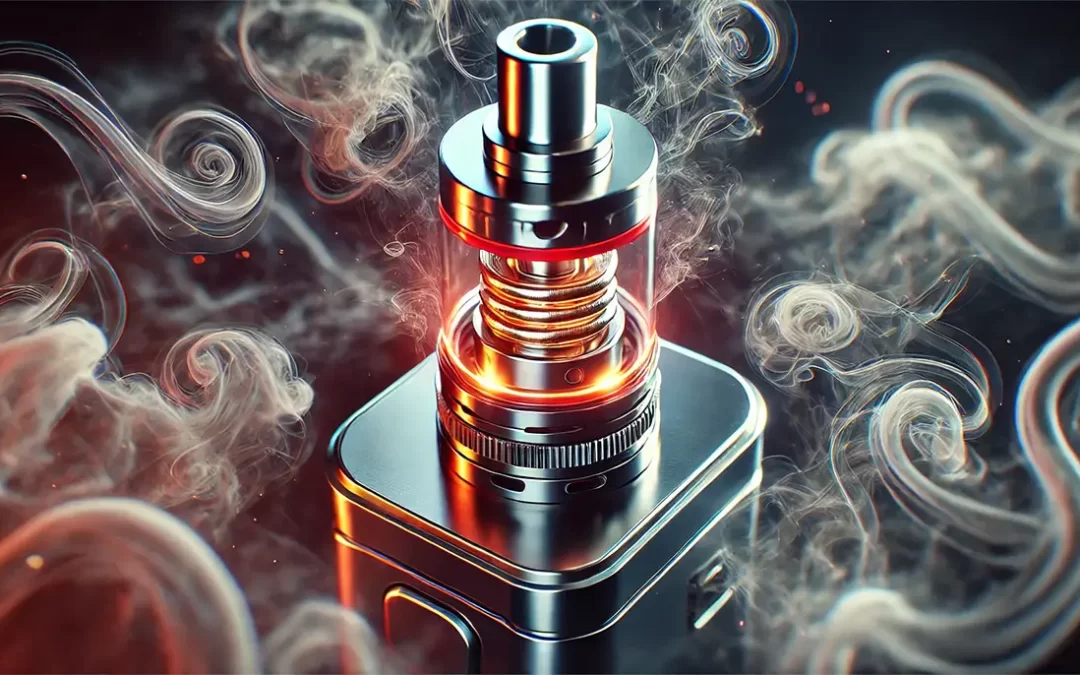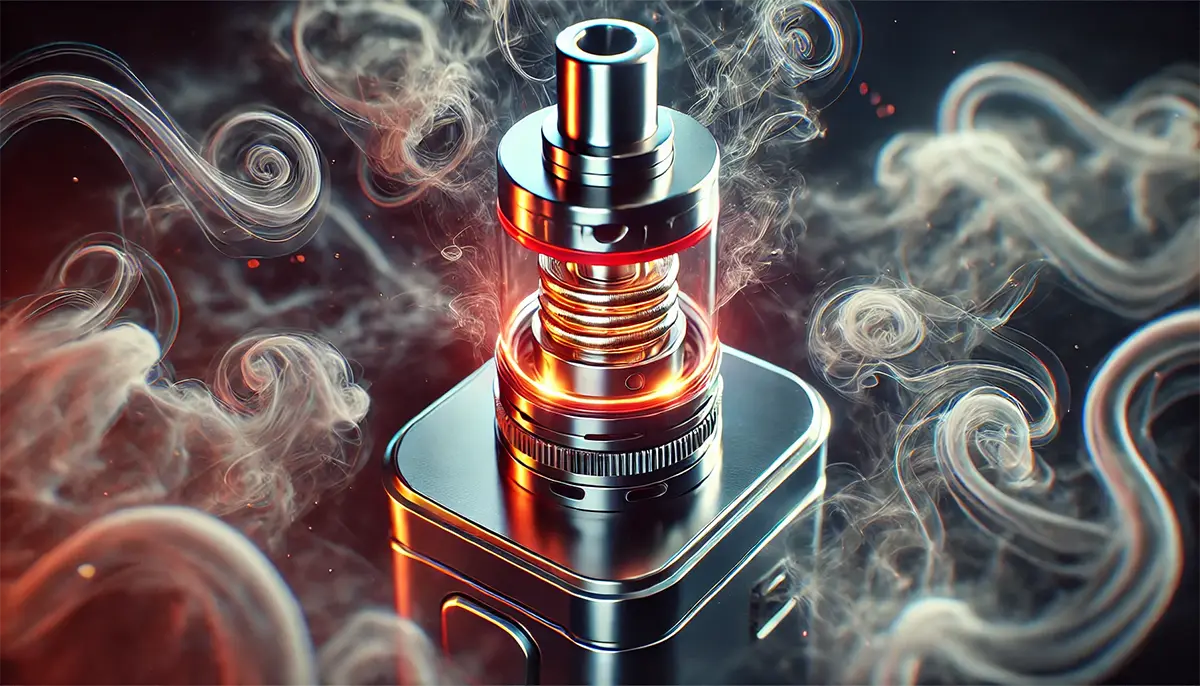
July 22, 2025 / Blog / By administrator
How to adjust the power according to the resistance of the vape coil?
According to user survey data, 70% of vape users experience dry or burnt coils when the power setting is too high, and 60% of users report poor taste when the power is too low. Therefore, I need to adjust the ideal power in various ways. First, we need to know how to read the vape coil resistance using built-in and external meters, then calculate the perfect power range, and discuss the current limit for safe vape use. Then, we will introduce step-by-step adjustments, some temperature control options, proactive maintenance, and continuous performance monitoring to ensure consistent vapor production, rich flavors, and extended vape coil life.
Vape Coil Resistance and Its Impact
The resistance of vape coils affects performance and safety. For example, a 0.5 Ω coil will draw more current at a given wattage, producing denser smoke and warmer vapor; it also heats faster and risks dry burning if the wick cannot keep up. Ensure the accuracy is within ±0.01 Ω by measuring the coil resistance using the host’s onboard ohm reader or a stand-alone multimeter, and verify that the resistance remains stable after multiple puffs. Low resistance coils (under 0.8 Ω) are suitable for high-wattage DLs and produce large amounts of vapor, while high resistance coils (1.0 Ω and above) are best suited for low-wattage MTLs and can provide an emphasis on flavor and throat hit. Understanding these categories will help you switch between strong vapor output and delicate flavor experience, and adjust settings based on the type of vaping device.

Ohm’s Law for Power Calculations
The power required for adjusting the resistance of a vape coil can be calculated using Ohm’s Law, P = V²/R. Therefore, if 4V is applied to a 0.5Ω coil, the output power is 32W, which guides your power setting on power mode devices. Verify the safe operating current by using the voltage mode or online Ohm’s Law calculator on the vaping device, and ensure that the current stays within the continuous discharge rating of the battery, which is typically 20-30A for 18650 cells. Additionally, staying within the device’s current limit (typically 30A for many pod kits and lower for compact devices) can prevent overheating and potential damage to the cell. By combining accurate resistance readings with voltage or wattage calculations, you can ensure that each vape coil segment is operating within its optimal thermal range, protecting battery health, maintaining coil integrity, and providing consistent vapor production after each use.
Recommended wattage ranges for common vape coil types.
Each vape coil type has a recommended wattage range by the manufacturer, based on its resistance and coil material. For stainless steel coils (0.5 Ω), the starting wattage is 25 W and the upper limit is 40 W. However, for a 1.2 Ω Kanthal atomizer core, the target wattage for optimal mouth-to-mouth experience should be between 10 W and 15 W. Start by setting your device at the lowest recommended wattage, then gradually increase power in 1-2W increments to evaluate flavor clarity, vapor production, and throat sensation.
For mesh coils, you can safely set the wattage closer to the high end of the recommended range due to the increased surface area and more even heating. Typically 45-60 W for a 0.15 Ω mesh setting. By adhering to the wattage range specified for each coil type, you can avoid dry burns, maintain wick integrity, and maximize the flavor output of your vape coil, thereby achieving the intended experience while extending the life of your vape coil.
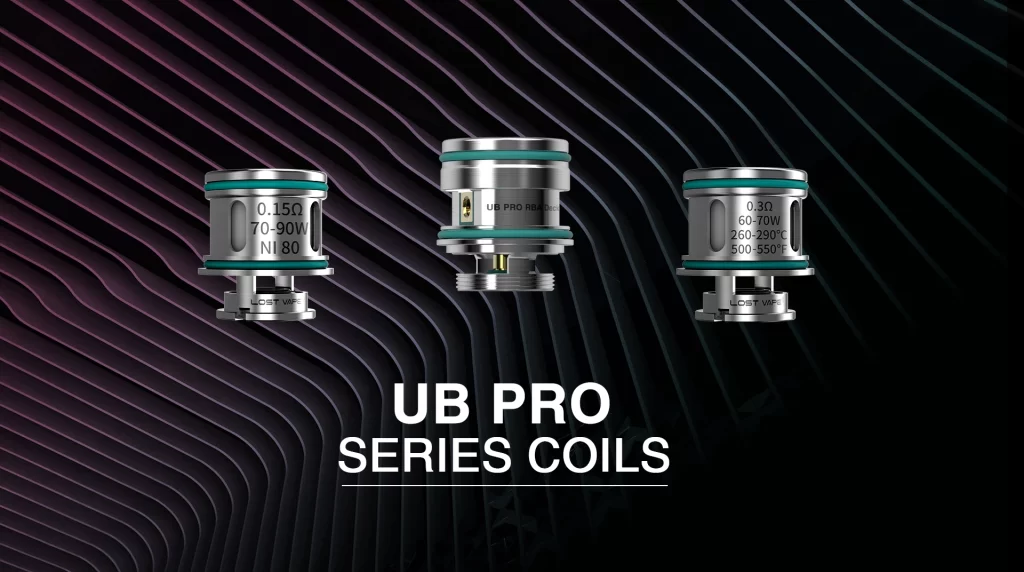
Wattage Adjustment Steps
To fine-tune the wattage of any vape coils, first, install the vape coil and fully preheat it by saturating the wick for 5-10 minutes, ensuring there are no dry spots. Then, set the wattage to the minimum wattage recommended for the vape coil printed on the packaging. Next, take three controlled puffs at that setting, noting vapor production and flavor fidelity. When you detect muted flavors, raise the wattage by 1-2W increments. If you experience dry or burnt notes, lower the power by the same gradual steps.
It is recommended to take two to three test puffs at each new wattage increment to allow the vape coils’ temperature to stabilize and avoid misleading feedback. Finally, once you have achieved the ideal balance of vapor volume and flavor intensity, lock your wattage setting or save it as a memory preset. This approach ensures that each vape coil operates within its optimal performance range, providing a consistent, enjoyable vaping experience.
Pod Kit vs. Mod Wattage Comparison
When adjusting wattage for pod kits and mods, device capabilities and battery output limitations vary widely. Many pod kits offer voltage or preset coil modes in addition to wattage modes, so it’s essential to understand the device’s maximum output and interface. Pod kits typically operate between 10W-45W. Always match coils to their rated wattage range to prevent premature burnout from overdriving. Mods typically offer precise wattage, voltage, and temperature control (TC) modes, allowing for finer adjustments. Additionally, battery capacity and continuous discharge ratings impact continuous wattage output. Devices using a single 18650 cell may struggle at higher wattages above 50 W; therefore, choose your coil and wattage accordingly. Recognizing hardware limitations can help tailor your vape coil setup for safe and reliable performance.
Adjusting wattage based on vape coil resistance
Adjusting wattage based on vape coil resistance involves reading the exact coil resistance, calculating the corresponding wattage, and following the recommended wattage range, all while changing the process step by step. Starting with the lowest recommended wattage for your coil and gradually increasing it until you find the ideal balance of smoke volume and flavor clarity. Additionally, consider changing coils at the first sign of performance degradation.

